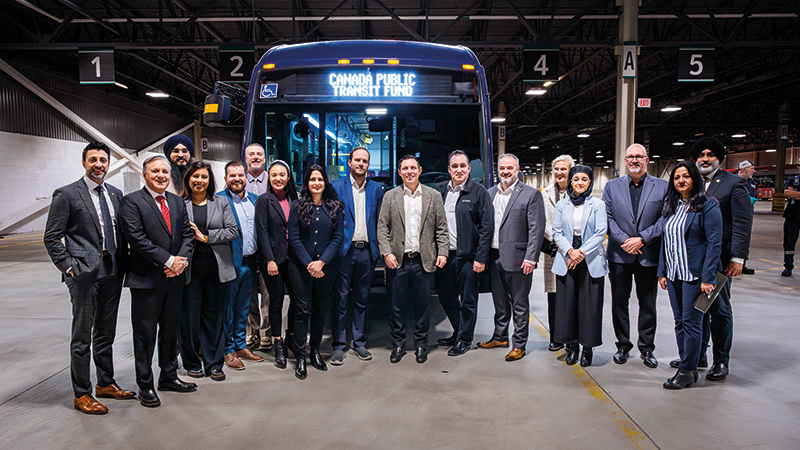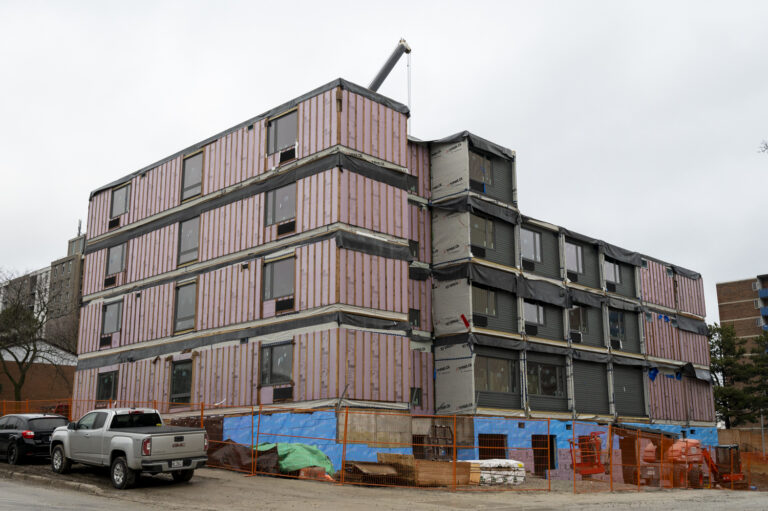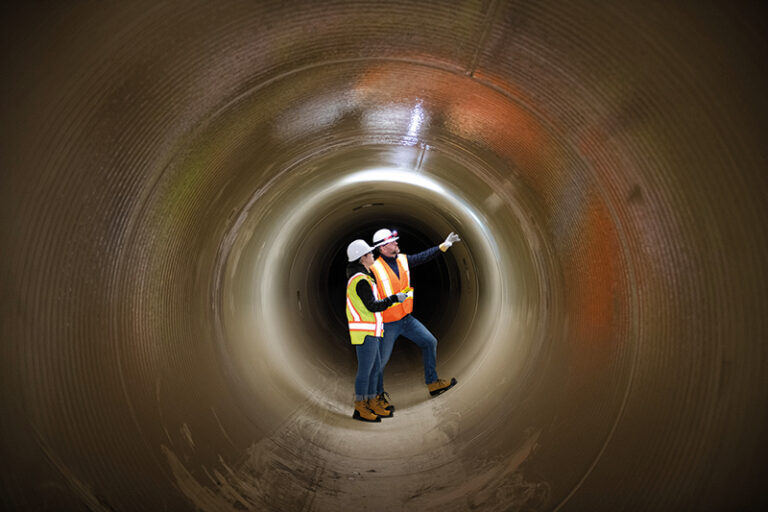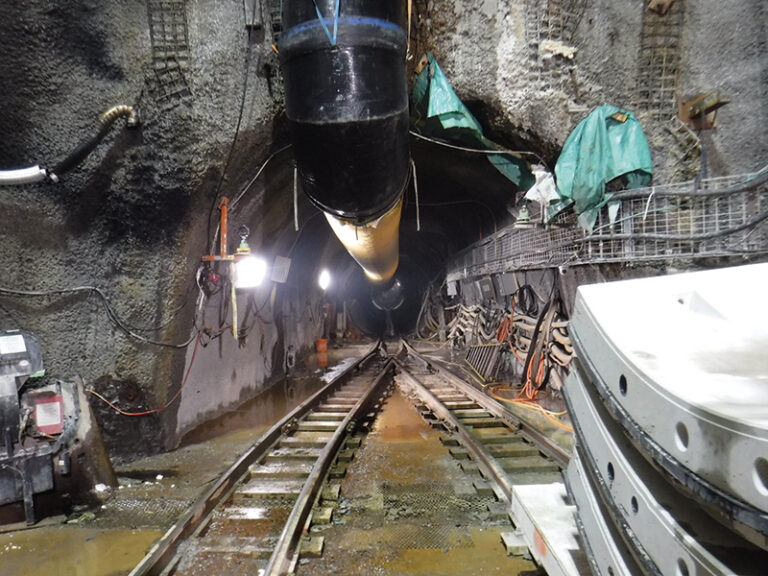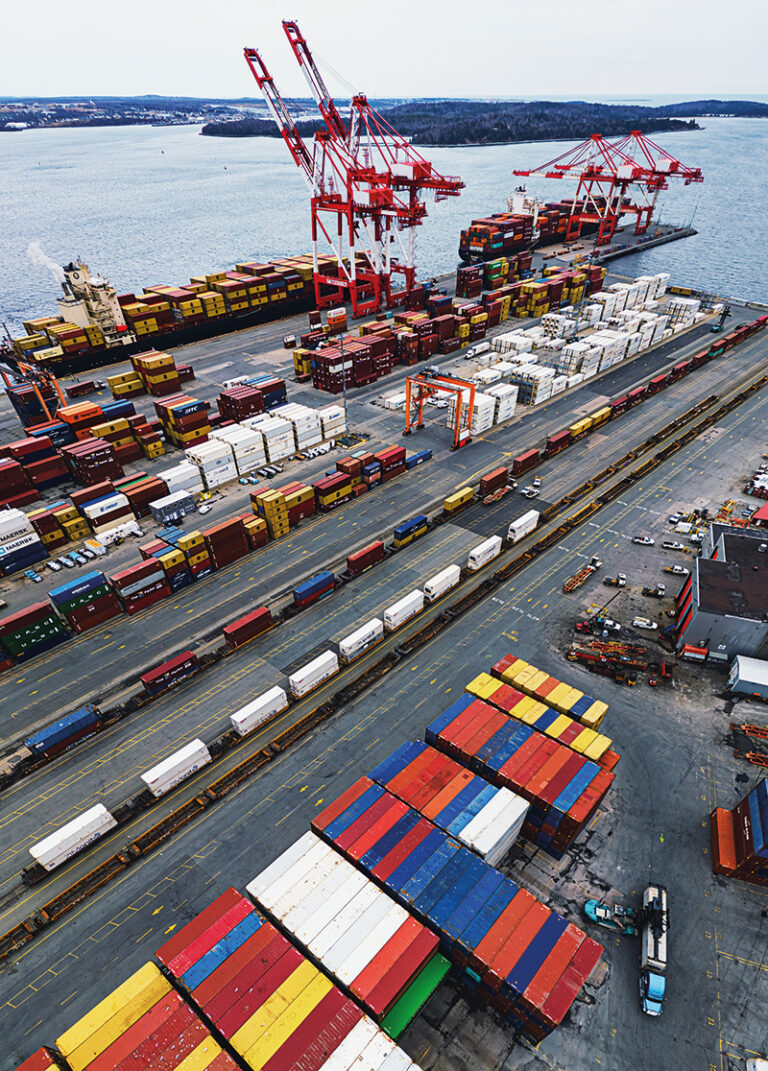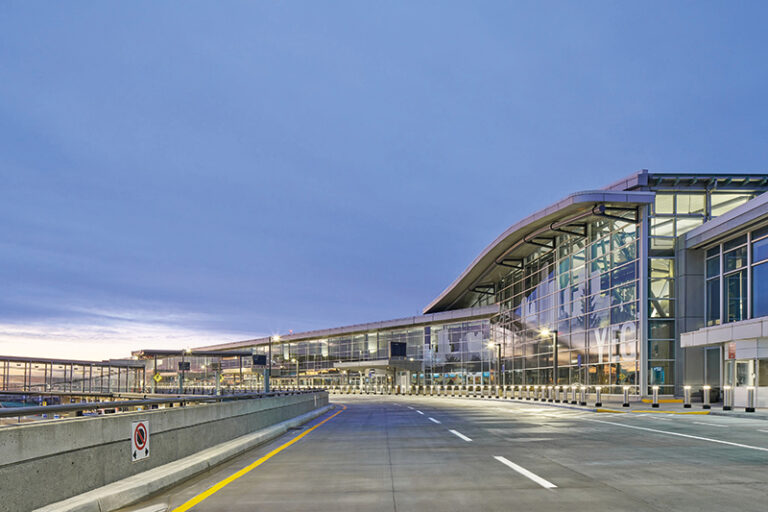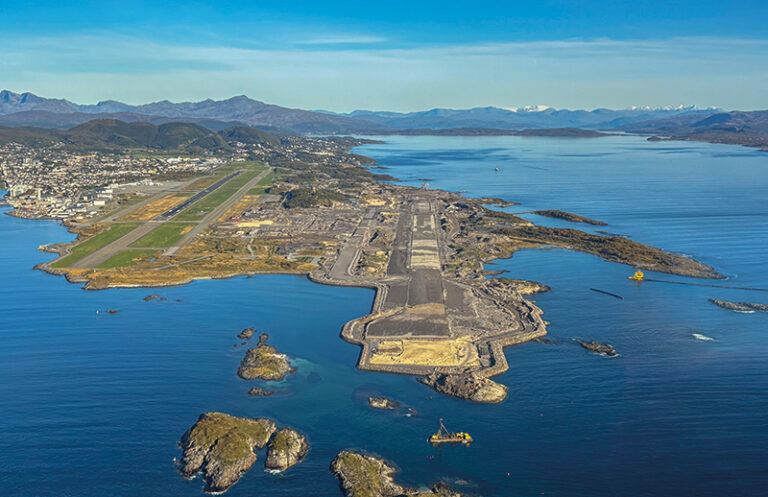By Mark Douglas Wessel
“A riddle wrapped in a mystery inside an enigma” is the analogy Winston Churchill once used when describing a situation difficult to comprehend.
And were he still alive today, and asked what needs to be done to improve public transit in Canada, one can imagine him asking aloud “Whether to invest first in expansion funding, maintenance of existing infrastructure or in improved service?”
Which is precisely the enigma cities across the country currently face as they grapple with the overlapping challenges of keeping transit running, let alone on time. Challenges that include: reducing traffic congestion, increasing ridership, making transit more affordable, making transit more accessible in densely populated areas, reducing air pollution and improving access to the workplace and essential services.
Many of these proverbial bumps in the road were addressed last year in a report produced Environmental Defense in partnership with Quebec-based Équiterre entitled Putting Wheels on the Bus. The half empty, half full perspective of the report shares that while Canada is nearly 40 per cent below the Organization for Economic Cooperation and Development (OECD) average for public transit utilization in urban areas, with proper funding public ridership could be doubled by 2035.
In the wake of that report, in July of 2024, the federal government launched the Canadian Public Transit Fund (CPTF), a $30-billion program designed to create more transit-oriented communities in this country.
And early this year, a series of CPTF announcements were been made in support of public transit across the country, from a $180 million commitment to the City of Ottawa to $1.5 billion to bolster Metro Vancouver’s public transit infrastructure—funding that will be delivered in equal installments over a 10-year period from 2026 to 2036.
The funding for Metro Vancouver will come through the creation of a Metro-Region Agreement, starting in 2026.
“We welcome this federal investment in Metro Vancouver transit. Maintaining and growing a reliable, effective transit network requires cooperation from all levels of government, and so it is important our federal partners are at the table,” said Mike Farnworth, British Columbia’s Minister of Transportation and Transit.
Under the Metro-Region Agreement, the federal government is providing long-term, predictable funding for the growth and maintenance of public transit in the Metro Vancouver region. Metro Vancouver’s public transit network is one of the busiest in Canada, connecting the municipalities within the region with bus, SkyTrain, West Coast Express and SeaBus services.
“The Government of Canada has been an important and valued partner in expanding our transit system and we look forward to continuing that partnership through the Metro-Region Agreement. Investing in public transit is crucial to economic prosperity, and TransLink continues to work with all levels of government to secure funding for the Access for Everyone Plan to expand transit and support the growing needs of Metro Vancouver residents,” said TransLink CEO Kevin Quinn.
TransLink will receive $1.529 billion, conditional on the signing of a funding agreement.
This funding commitment complements the recently announced $663 million investment for TransLink under the Baseline stream of the CPTF and builds on investments in the region, including almost $1.5 billion in support of the Surrey-Langley Skytrain and the Millennium Line Broadway Extension projects.
Investing in a state of good repair
Excited is the same adjective John McMull, director of communications for the Canadian Urban Transit Association (CUTA) uses to describe the positive impact the new federal funding program could have on public transit across the country in the years to come.
“We’ve been working closely with Housing, Infrastructure and Communities Canada for many years… advocating for the program, then helping to steer the development of the program and how it will be rolled out,” says McMull, adding that at the same time “we’re seeing at the provincial level, different provinces are investing in transit infrastructure as well.”
In terms of how that money will be allocated, from CUTA’s perspective McMull notes that while infrastructure spending on new transit lines in our cities is important “we also need to make sure that there’s a state of good repair, that there’s funds for maintaining existing infrastructure.” Especially for cities such as Vancouver, Toronto and Montreal he emphasizes… of which “Montreal and Toronto are probably the hardest hit because they have the oldest systems (with) an extremely high state of good repair backlogs.”
Backlogs in part brought on by the supply chain disruptions that occurred during COVID, the result of which the average age of buses has gone from 8.3 years in 2020 to 9.5 years in 2023, with older vehicles requiring more frequent and costly maintenance.
Putting all of this into perspective CUTA’s website shares that “this issue not only impacts operating budgets but also underscores the urgent need for modernization. Without timely investments in fleet upgrades, transit systems risk falling behind in their ability to deliver reliable and efficient service.”
A zero argument for going green
In addressing its aging transit infrastructure challenges, the City of Ottawa and its transit operator OC Transpo have embraced a multi-pronged approach, from the construction of its light-rail transit (LRT) system (including the recent launch of lines 2 and 4) to the phasing out of its aging diesel bus fleet to zero-emission buses by 2036.
The latter to be kickstarted by the purchase of 350 zero-emission buses and related charging infrastructure. A purchase made possible by a $350 million investment from the federal government’s Zero Emission’s Transit Fund. “That funding stream allows us to cover the difference between the cost of a diesel bus and an electric bus,” observes Councillor Glen Gower, who is also the City of Ottawa Transit Committee Chair.
As shared in a 2020 CBC story, “besides the infrastructure cost of chargers, each electric bus can cost $200,000 to $500,000 more per bus than an average $750,000 diesel bus.” But while in Gower’s words “the startup costs are significant… the total cost of ownership is much less as well,” once you factor in such key considerations as fuel and maintenance expenditures. Making the transition to electric “a promising solution for transit from a budget perspective,” he emphasizes.
Apart from lower maintenance costs, studies are emerging that predict that by 2026 electric buses will cost less to buy than their combustion engine counterparts. And yet another, hidden cost consideration is public health. According to Columbia University “swapping one transit diesel bus for an electric on reduces human health costs by $150,000 (USD) per year.”
And increasingly, considerations such as hidden healthcare costs and quality of living are not lost on politicians like Gower. “It’s about the air that our kids breathe, that folks with asthma are breathing. It makes a real difference because these are vehicles that are moving all day long on local streets. So it’s really important.”
Our convenience truth
Gower says that establishing and expanding Ottawa’s Rapid Route Network is also critical to winning commuters over, as part of the city’s efforts to reduce gridlock, improve air quality and foster greater support for transit investments.
“We have some corridors with dedicated bus lanes that run right alongside traffic from our suburbs into the city. And I think a real selling point for transit is when people might be sitting in gridlock in their cars.” However that’s still more likely to happen on a snowy winter day whereas the rest of the time he admits “the work commute in your car is (still) faster than public transit.”
From Environmental Defense’s perspective, that convenience gap between cars and transit won’t change until more funds are allocated for service. Which in turn would address the previously cited gap in Canada of using public transit 40 per cent less than other OECD countries.
Nate Wallace, the Program Manager, Clean Transportation for Environmental Defense observes that in numerous studies associated with ramping up ridership growth “number one is service… then housing density is number two… and then number three is prices, gas prices and fare prices.”
Specific to service, Wallace says that in the course of researching the Putting Wheels on the Bus report, it was determined that while doubling public transit ridership by 2035 is achievable, “it will take the federal government getting significantly involved in operations funding… as well as cost sharing with the provinces. The costs on the federal side would be approximately $3 billion per year… but that sum is about a half a percentage point of federal spending.”
The return on that investment says Wallace would be to “make the buses and trains come more often on time. The biggest core driver of getting people to switch to public transit… is when they can rely on it.”
Wallace says service funding cuts have become our new normal since the pandemic and as a consequence “we’re seeing a lot of sort of downward spiral situations in different cities across the country.” Including cities where there are “an estimated 1700 (new buses) that could be in service across the country… because cities are fiscally constrained on the operating side. So we have this exploding spare ratio.”
Underscoring that observation, a Toronto Star story from last year reported that during peak periods, 551 buses, 81 street cars and 40 subway trains were not being used. Vehicles “just sitting in empty storage yards, waiting to fulfill their transit destiny.”
The end of the line
In search of finding the right balance of financing… service, maintenance and infrastructure expansion, some of the answers can be found in the recently produced This is the End of the Line: Reconstructing Transit Operating Funding in Canada report by David Cooper, principal of the transportation planning firm Leading Mobility.
In addressing challenges ranging from unprecedented population growth from immigration, the report highlights the critical role adequately funded transit could have on the future growth and prosperity of this country.
Solutions that potentially include: providing affordable, convenient alternative transit so that Canadians (especially newcomers) are less reliant on cars, reducing traffic congestion, reducing GHGs and supporting economic growth by making it easier for commuters to access employment, commercial areas, healthcare and educational institutions.
The starting point in terms of policy recommendations is the federal government should establish a national commission tasked with developing a new model for transit operating funding “that is more resilient and equitable by relying less on regressive or declining revenue sources such as fuel taxes, fares and property taxes,” because “public transit needs to be recognized as an essential service in the country by all levels of governments.”
While not the sole answer, one alternative revenue generating model that has been embraced in the U.K., is to implement a variety of road network charges… including congestion pricing.
Of course here in Canada, where there has been a significant amount of pushback to the carbon tax (whether justifiable or not) and in the case of Ontario’s provincial government—the desire to rip up Toronto’s bike lanes whether the city wants it or not, it remains to be seen whether there will be an appetite for such measures as congestion pricing.
Yet another reality that further complicates the future of public transit funding in this country as a Globe and Mail story earlier this year pointed out, is that “mayors whose cities have received millions in public transit funding commitments from the federal government are worried that political upheaval in Ottawa could jeopardize support for the much-needed investments.”
Mark Douglas Wessel is an urban journalist and communications consultant.
[This article appeared in the May/June 2025 issue of ReNew Canada.]
Featured image: The City of Brampton secured $106 million in annual transit funding through the new Canada Public Transit Fund. (Ana Iammatteo/FLICKR)

